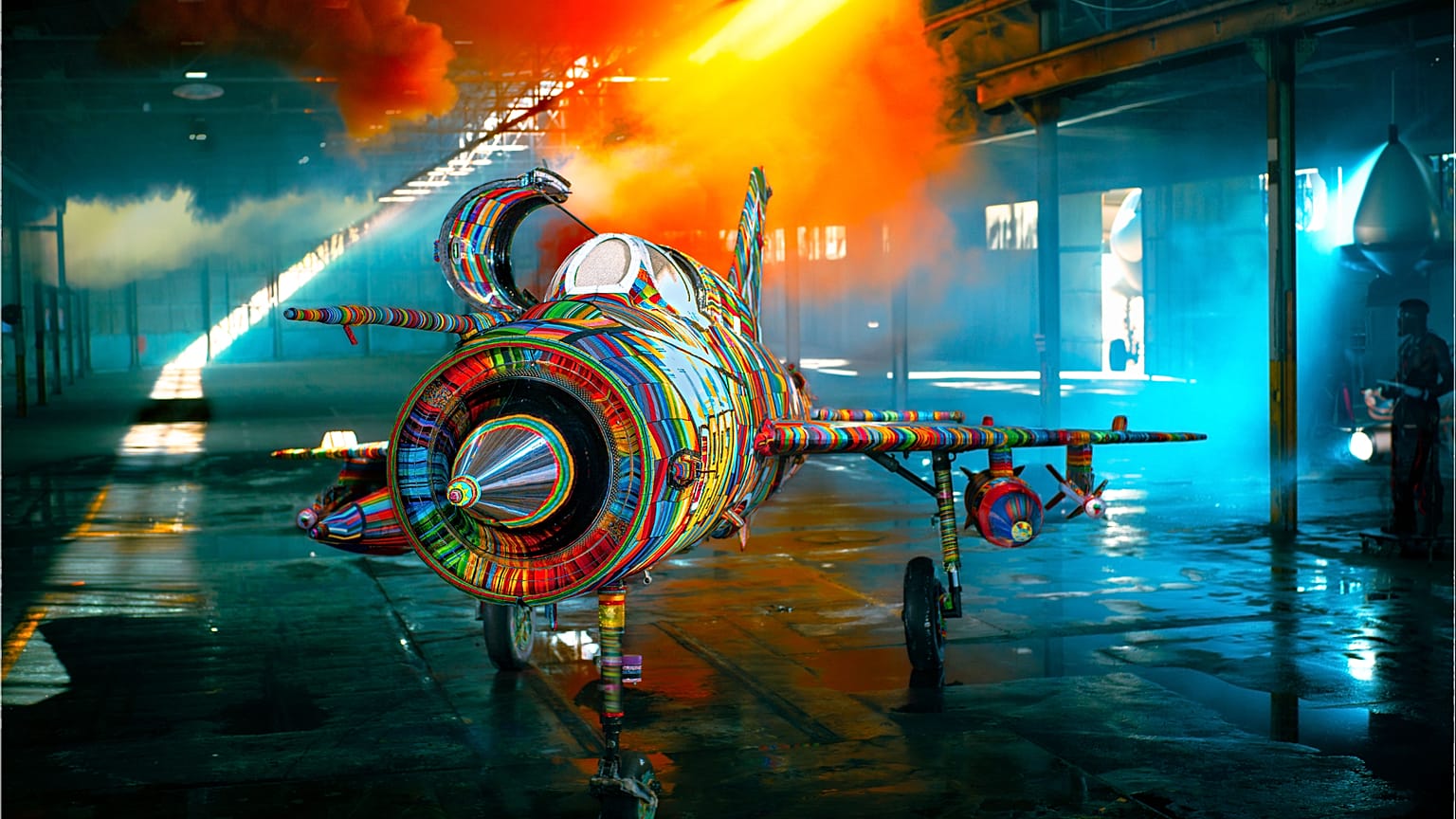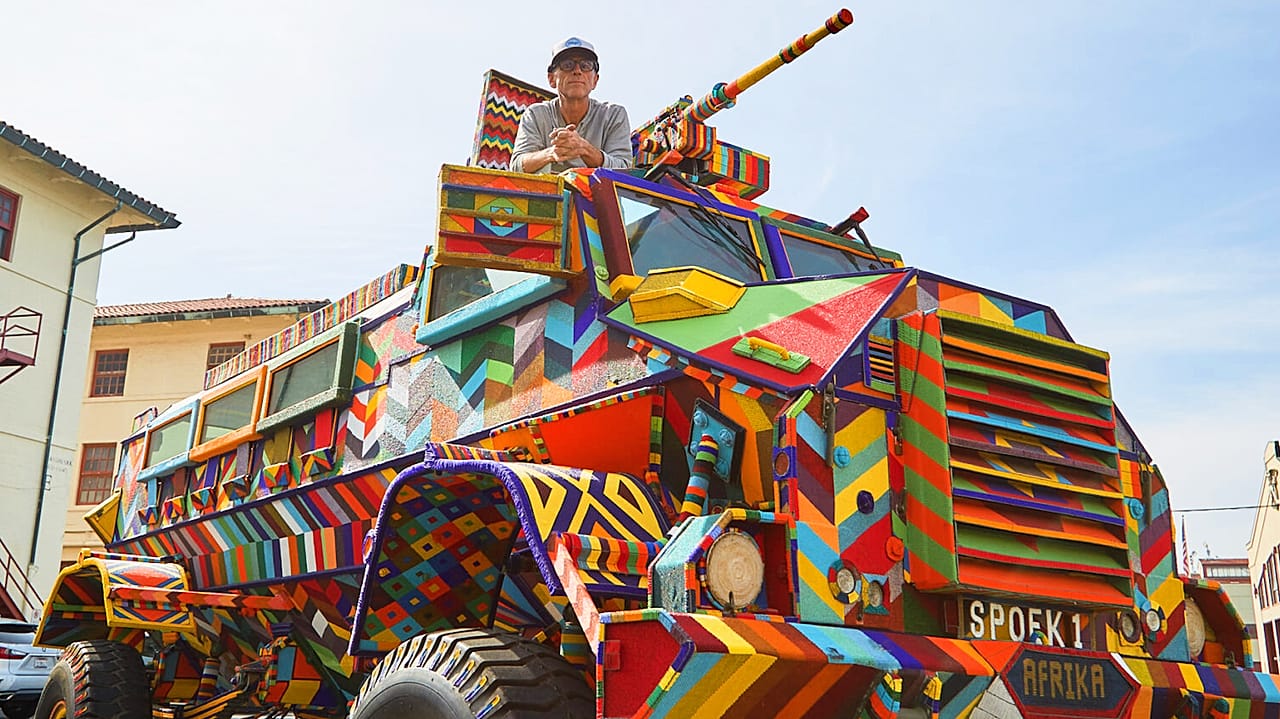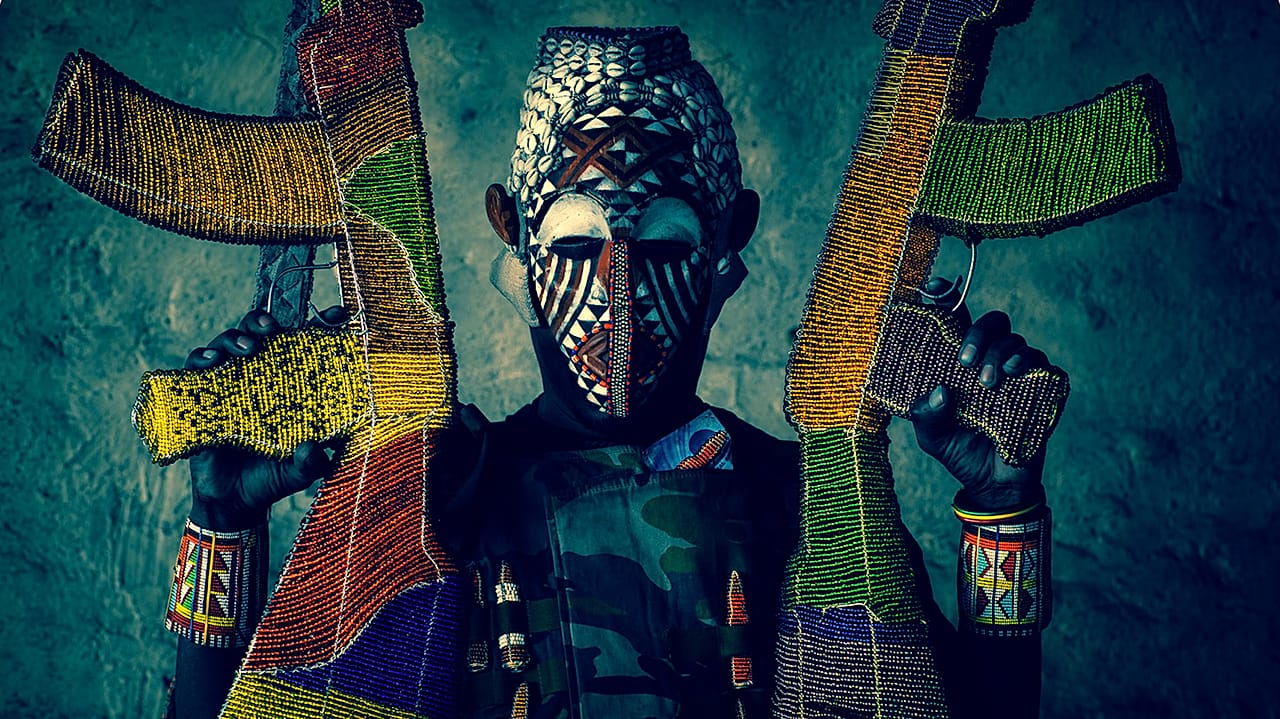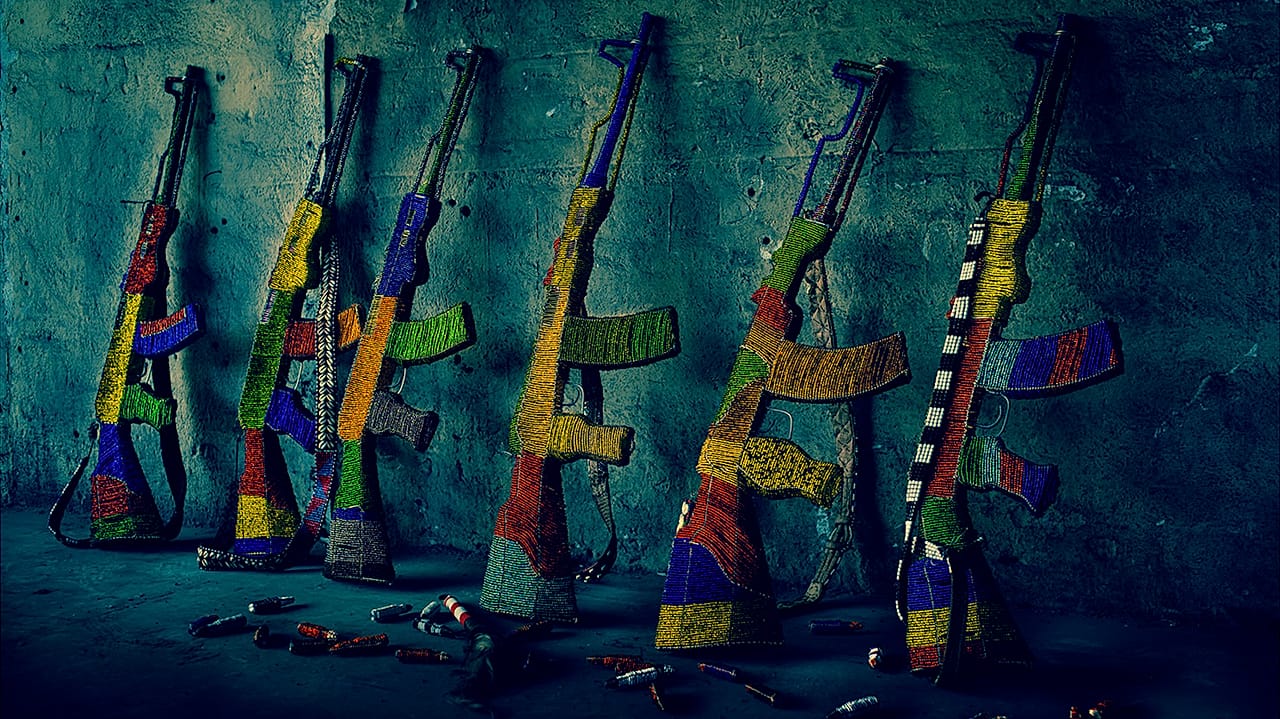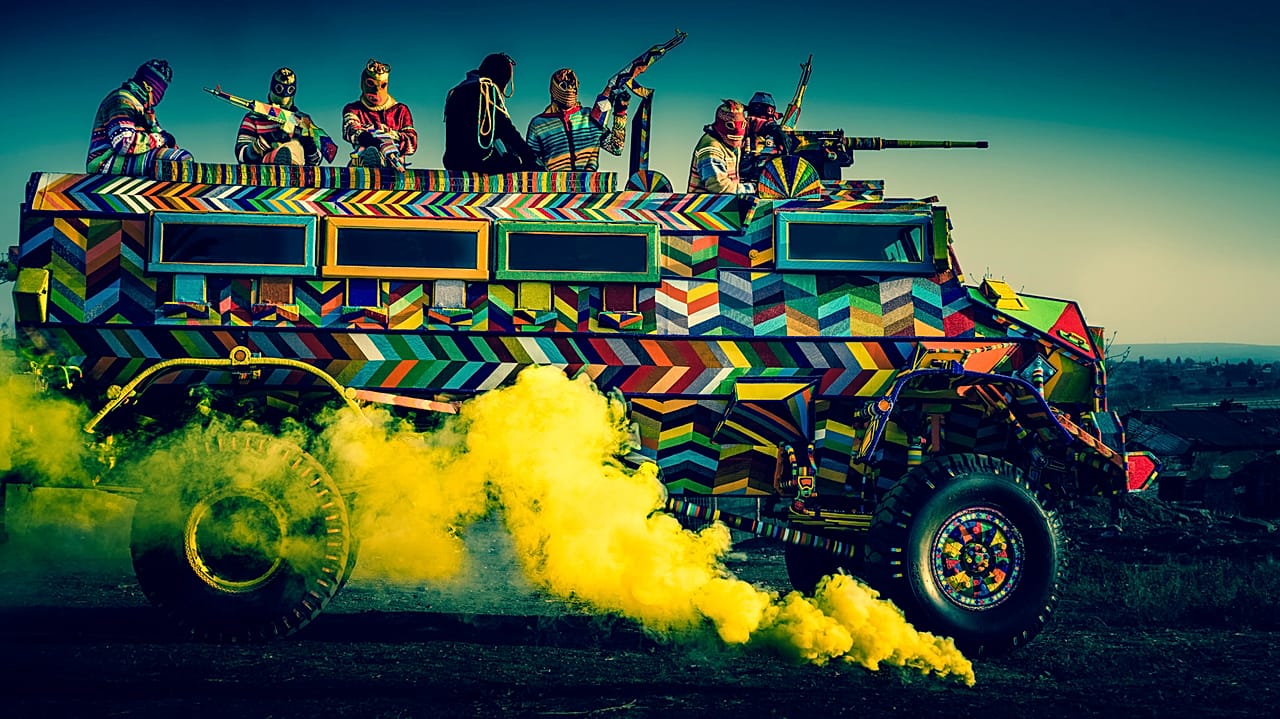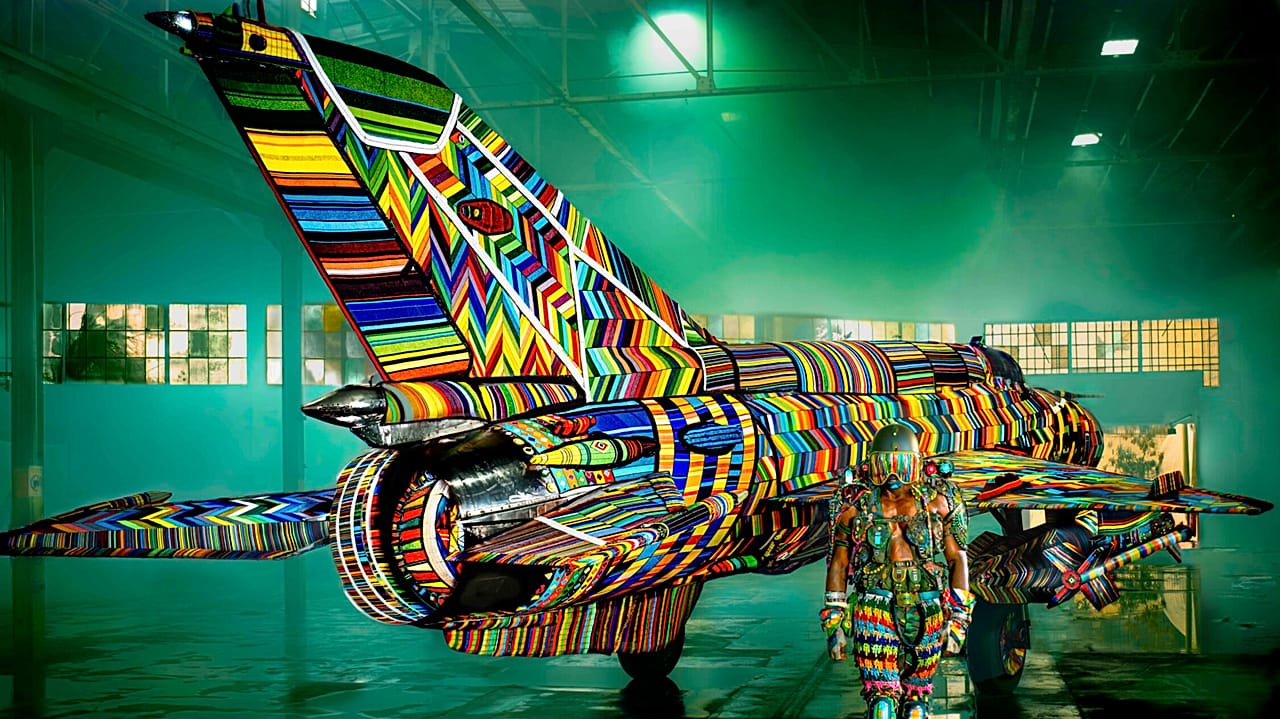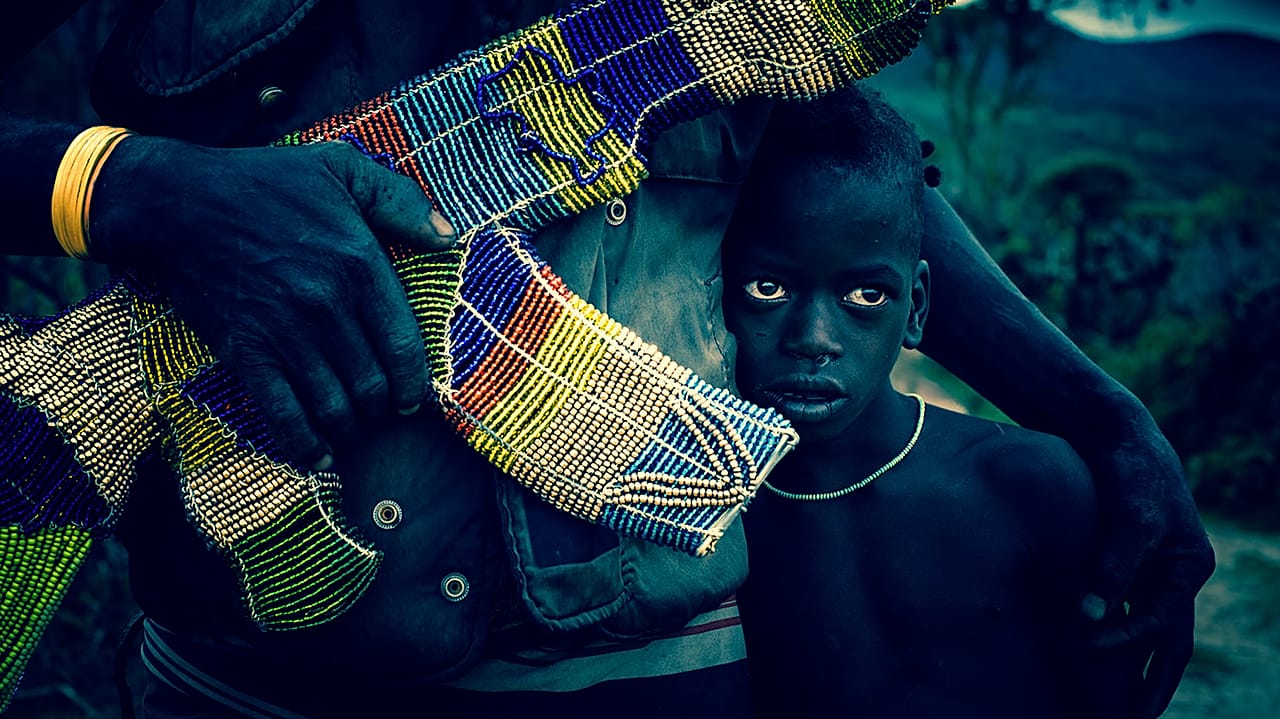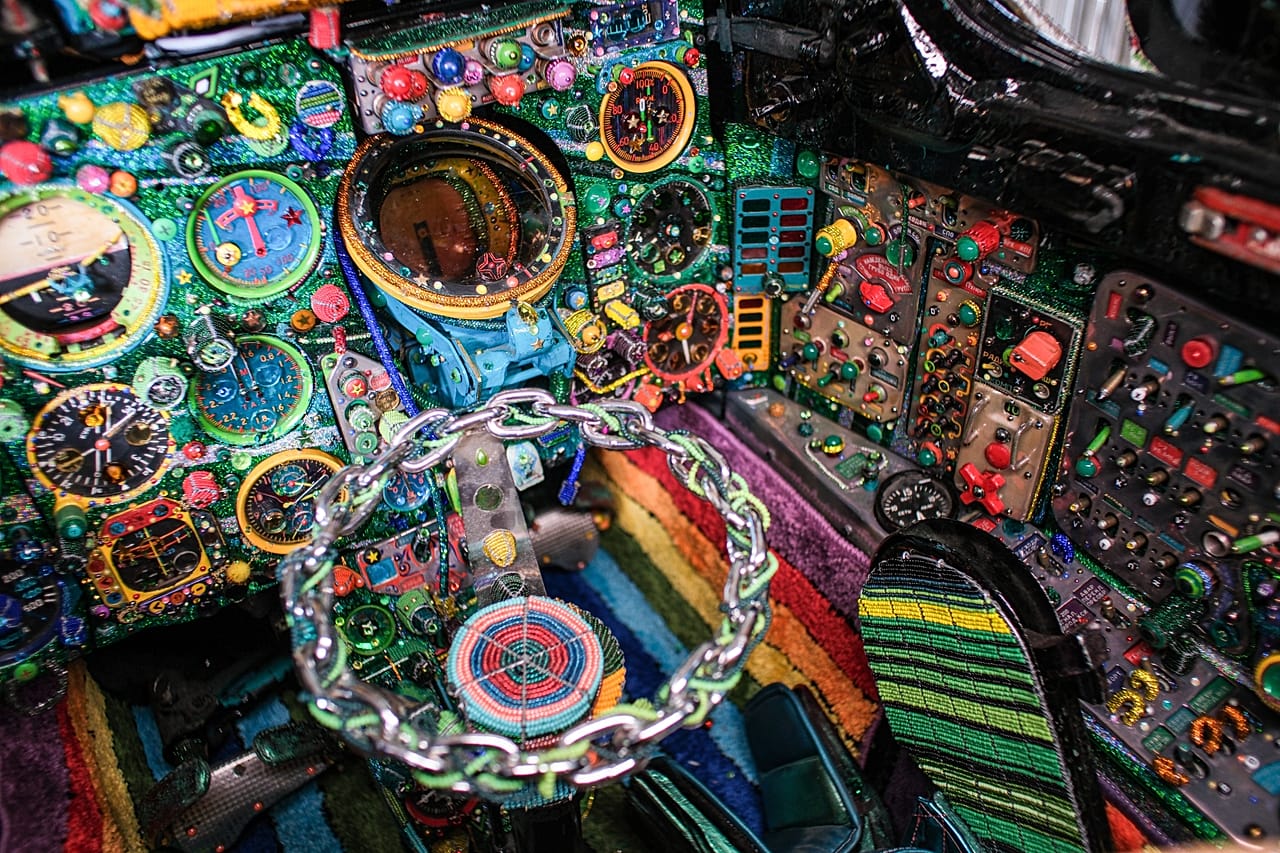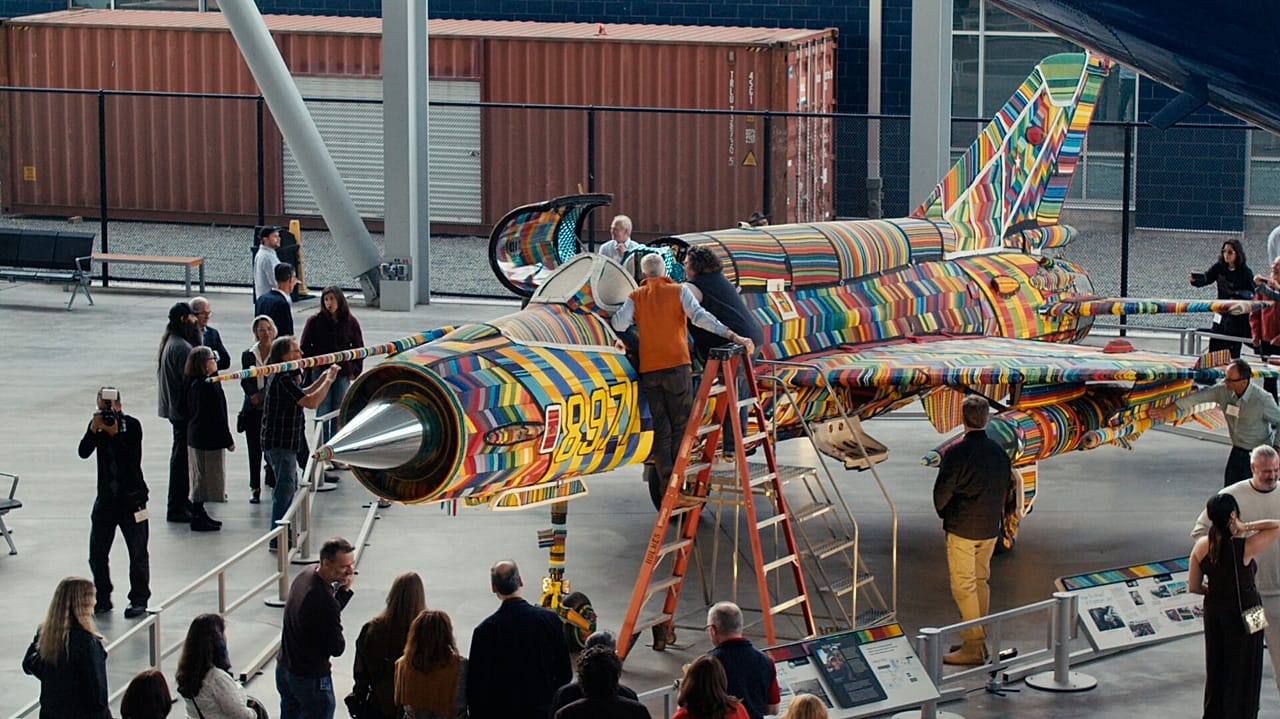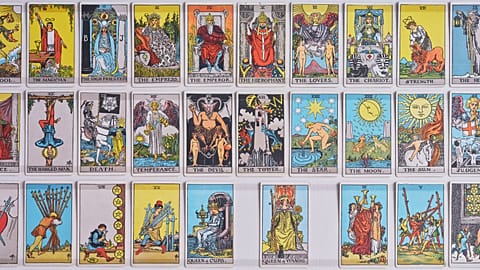"When violence comes, you can turn brutal or choose another way," says Ralph Ziman. He chose art. His monumental installations of rifles, military vehicles and warplanes seek to heal, not harm.
From Soweto to Seattle, from apartheid to Black Lives Matter, Ralph Ziman’s art travels through history of 20th-century violence.
The Johannesburg-born artist speaks about his work with the passion and calm of someone who has spent a lifetime confronting violence, not with weapons but with art.
His monumental installations, such as 'Weapons of Mass Production', reinterpret military symbols, turning them into tools for dialogue and reflection.
_"_I was born in South Africa during the dark days of apartheid. As a child I was aware of the injustice. I was raised by my parents, but also by African workers who worked in my home. I was very close to them. The way they were treated, as second-class citizens, to see this sheer brutality that the apartheid state brought down on black people to keep them in fear and suppressed, really made an impression on me," Ralph Ziman told Euronews Culture.
The artist grew up in a country where violence was part of everyday life. As he recalls, a gun was pointed at him for the first time when he was fourteen. The experience of brutality and oppression made him a pacifist before he even understood what the word meant.
"When violence comes to you, you either become violent or you go in the other direction. I could stay in South Africa and go to jail, go to the army or leave the country."
That decision led him to emigrate: at 19 he left the Republic of South Africa. But the spirit of the country stayed with him for good. His art, infused with African motifs and colours, became a way to reckon with the past.
Beaded weapons
The 'Weapons of Mass Production' project, a trilogy comprising replicas of an AK-47 rifle, the Casspir armoured vehicle and a MiG-21 fighter jet, is one of the most intriguing undertakings in contemporary critical art. By transforming the tools of war into images and aesthetic objects, Ziman seeks to create a space for dialogue between history and the present, between destruction and creativity.
Each of these objects was covered with millions of glass beads made by African artisans.
"I loved African beads from childhood. Whenever I saw sellers offering beads by the roadside, I begged my parents to stop and buy them for me, because they just looked so amazing. They were treated as low-status craft, something for tourists. I wanted to elevate them to the level of contemporary art, to create something modern, pan-African," Ziman recalls.
"In making the MiG-21 installation we used around 45 million beads. More than 100 people worked on this installation for five years."
The scale of the project is hard to fathom. Zimon says each element of the trilogy symbolises a different dimension of violence. The AK-47 is a weapon of mass use; the Casspir, an armoured vehicle produced in South Africa, is a tool of repression; and the MiG-21 is a global symbol of Cold War rivalry.
"I think there is a dialogue between all three weapons of mass production. In some respects the AK-47 is seen as a weapon of liberation. In a way the MiG-21 is seen as a weapon of liberation too, but it is also a harbinger of death. They bring death, they bring destruction. I think that was my inspiration for the trilogy."
AK-47
"We started with the AK-47. We were talking about gun violence, about the proliferation of weapons," the artist explains.
The AK-47 is a Soviet assault rifle developed just after the Second World War by Mikhail Kalashnikov. It is the most mass-produced firearm of all time, which is why it was entered in the Guinness World Records as the world's most widespread weapon.
By some estimates, the AK-47 has killed more people throughout history than artillery fire, rockets and bombing combined. Around 250,000 people are killed by its bullets each year.
CASSPIR
The second in the series was the Casspir, a South African armoured personnel carrier known for its high resistance to mines and explosions. Used to suppress riots, it became, in the public imagination, one of the main symbols of apartheid policy.
"It was designed and built in South Africa in the 1980s. At that time the country was under an embargo and began producing its own weapons. In 1994, with the first democratic government, when the arms embargo was lifted, the design was sold to repressive governments around the world. Most of the armoured vehicles you see around the world today are largely based on it," says Ziman
MIG-21
The MiG-21 is the most mass-produced supersonic fighter jet of all time, designed by the Mikoyan-Gurevich Design Bureau in the Soviet Union.
"You know, there is some controversy about how many were built, but it's between 12,000 and 15,000. While the Americans were producing the F-16, they made 2,500 of them. The Russians wanted to fill the skies with cheap, easy-to-operate but very effective fighters. And that's exactly what they did. That added to the symbolism of the MiG-21," says Ziman.
Between 1966 and 1990, a conflict known as the South African Border War raged in Angola and Namibia. There were numerous air battles in which MiG-21 fighter aircraft were used, among others.
"When the Russians gave the Cubans advanced MiG fighters, it turned the tide of the war. South Africa began to suffer heavy losses, which forced them to negotiate a peace treaty. And when that happened, it really hastened the end of apartheid," Ziman recalls.
The jet used in the project came from a storage facility in Florida and had belonged to the Polish Air Force.
Touch to strip away the power
Touch is a recurring theme in his work. In many African cultures there is a belief that through touch you can strip objects of their baleful power.
"I want people to touch my works. Beads are intrinsically pleasant to the touch. If you can touch something, you can tame it," the artist says.
Ziman believes that being physically close to an object of war, transformed into a work of art, is an act of reclaiming power from violence. Each bead, laid by hand by hundreds of artists, becomes a gesture of resistance to the militarisation of the world.
Art as activism
Ziman has never separated his art from politics. He grew up in a country where, as he says, "activism was written into the DNA of a generation". His works are not only aesthetic manifestos but also commentaries on global reality.
"We have a war in Ukraine, we have wars in Somalia and Libya. We don't know whether China intends to attack Taiwan. Yesterday Donald Trump was talking about invading Nigeria, and now they are bombing boats off the coast of South America. We don't know whether these are drug boats or not. I think it's good to have a counter-narrative to all of this. In a world that is increasingly dangerous, I think these are the things we should be talking about."
His artistic practice, in his own words and in gallery descriptions, is "driven by a deep sense of social responsibility towards world politics".
For Ziman, art is a conversation, not agitation. His aim is not to moralise but to open up space for discussion. History education and art therapy are areas where his projects can engage with real social problems and become tools for social change.
"Artists have to do what is in their hearts, and if you believe in it, you have to do it. We have different life experiences, different things affect us, so we take what is at our core and turn it into art. For me that's the beginning of a conversation. I do it because I have to, it's therapeutic, it's part of who I am."
Moreover, by employing local craftspeople to produce the beads, the project introduces an economic dimension: it involves local communities in creating symbolic forms that reach beyond the gallery.
"In a world full of wars and fear we have to try to speak a different language. If you can move one or two people, that is already a lot," says Ziman.
A new chapter
After 13 years working on the trilogy, Ziman freely admits he needs a breather. "I would now like to create something simply beautiful, something people can hang on the wall. But I don't know what the future will bring."
The MiG-21 project has attracted considerable media attention. This converted aircraft will be sold, and the proceeds are to be allocated to education programmes and art therapy.
Ralph Ziman proves that even weapons can be turned into symbols of peace: all it takes is the courage to touch them.















